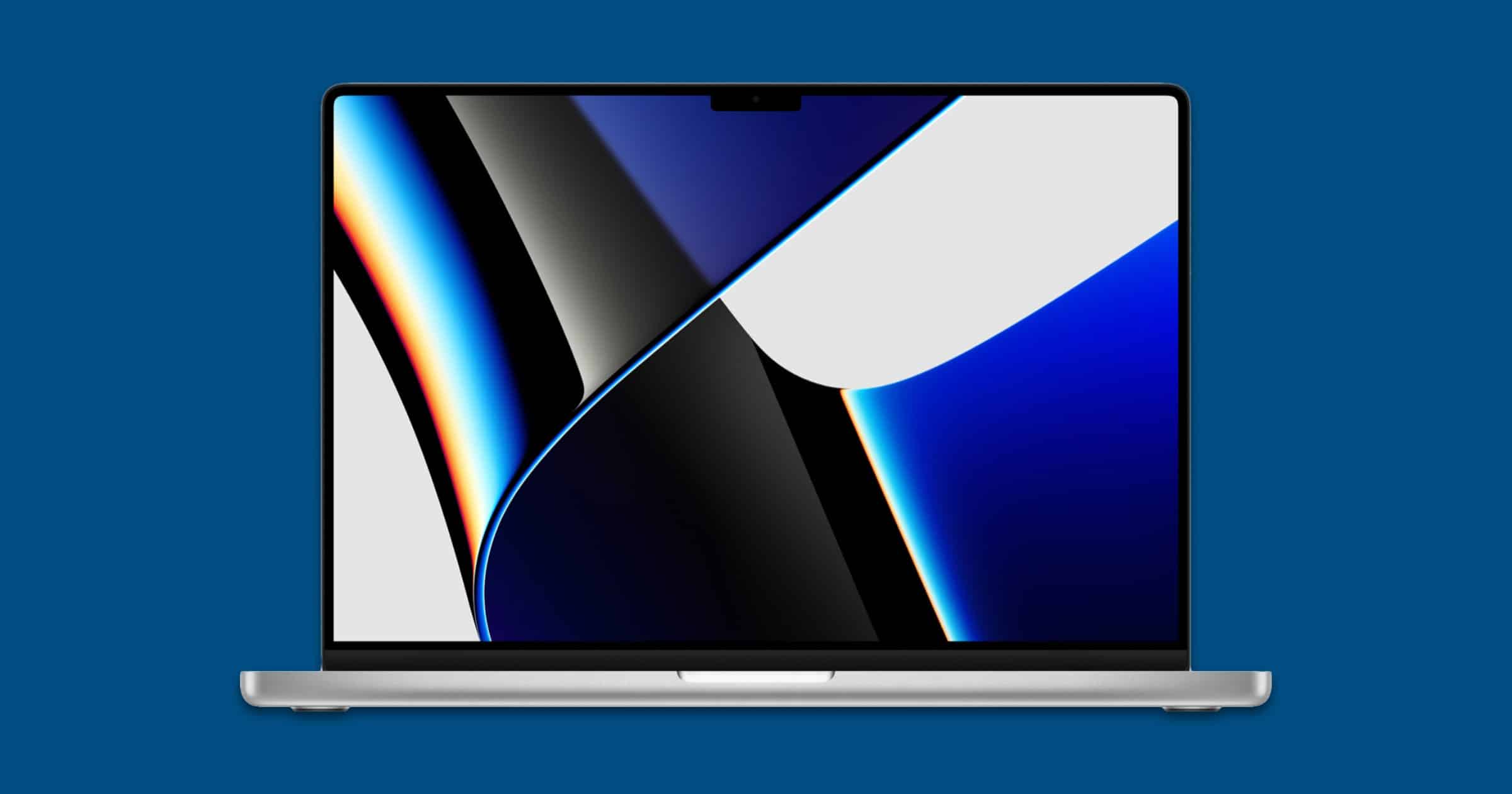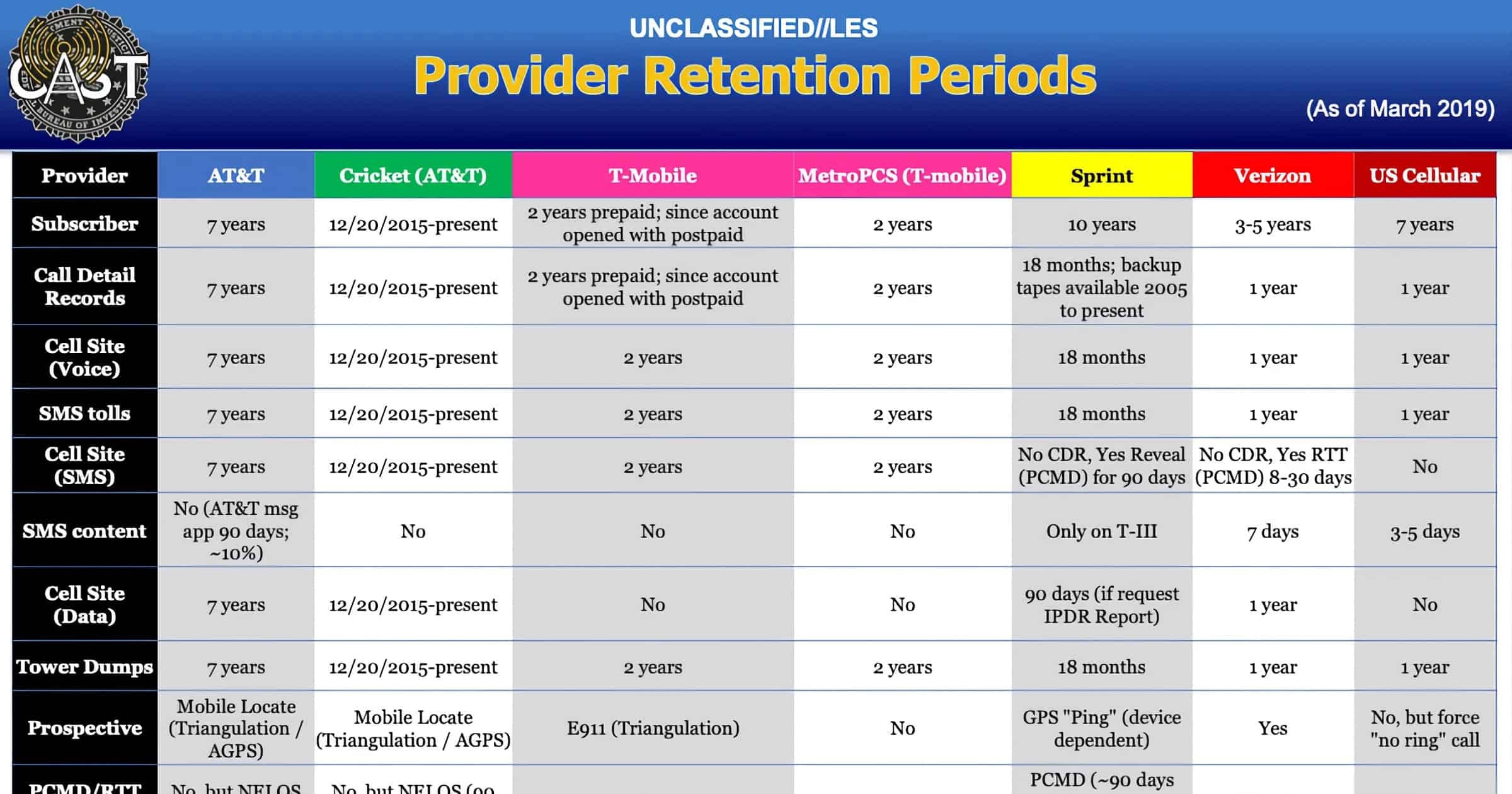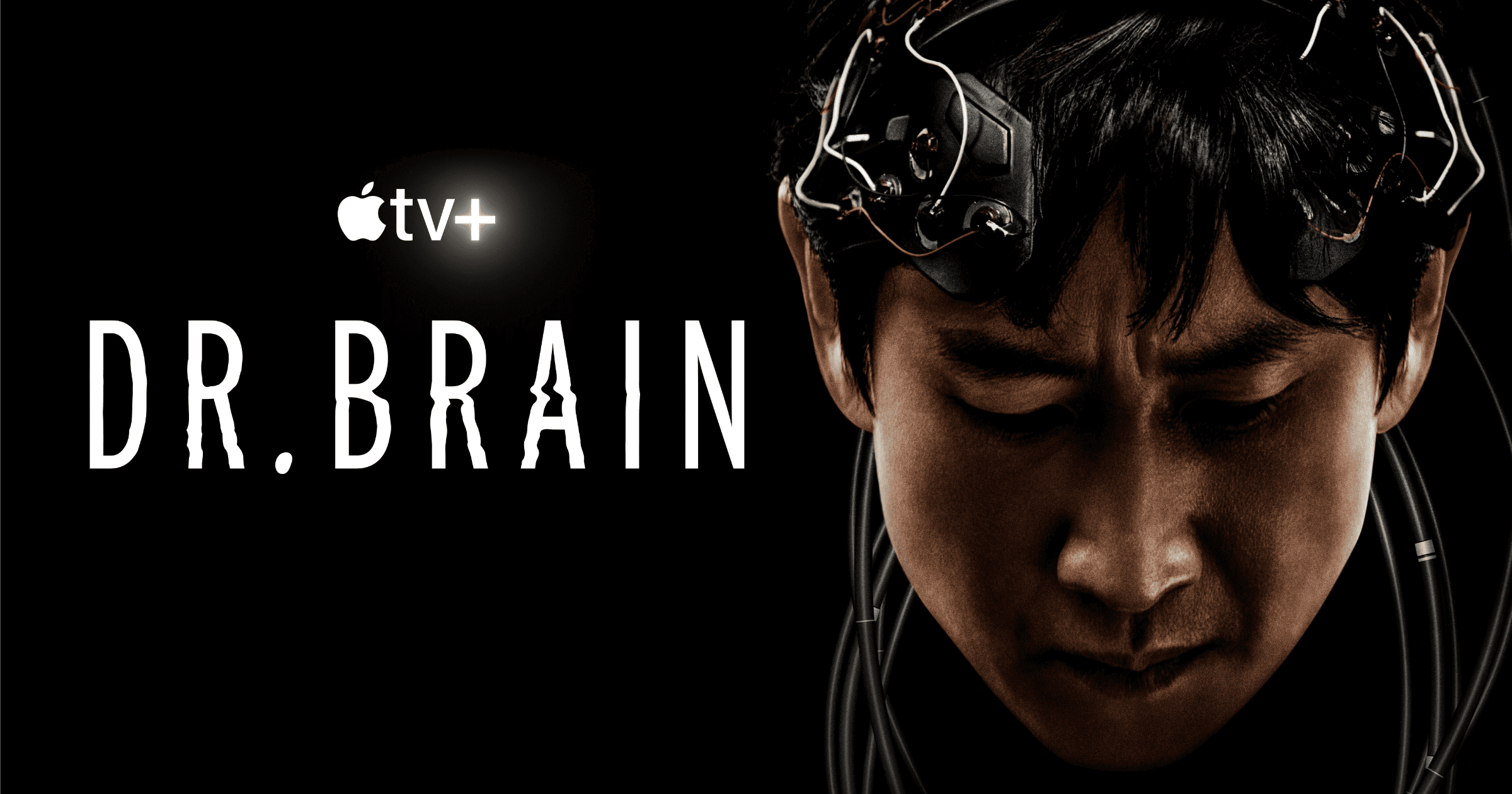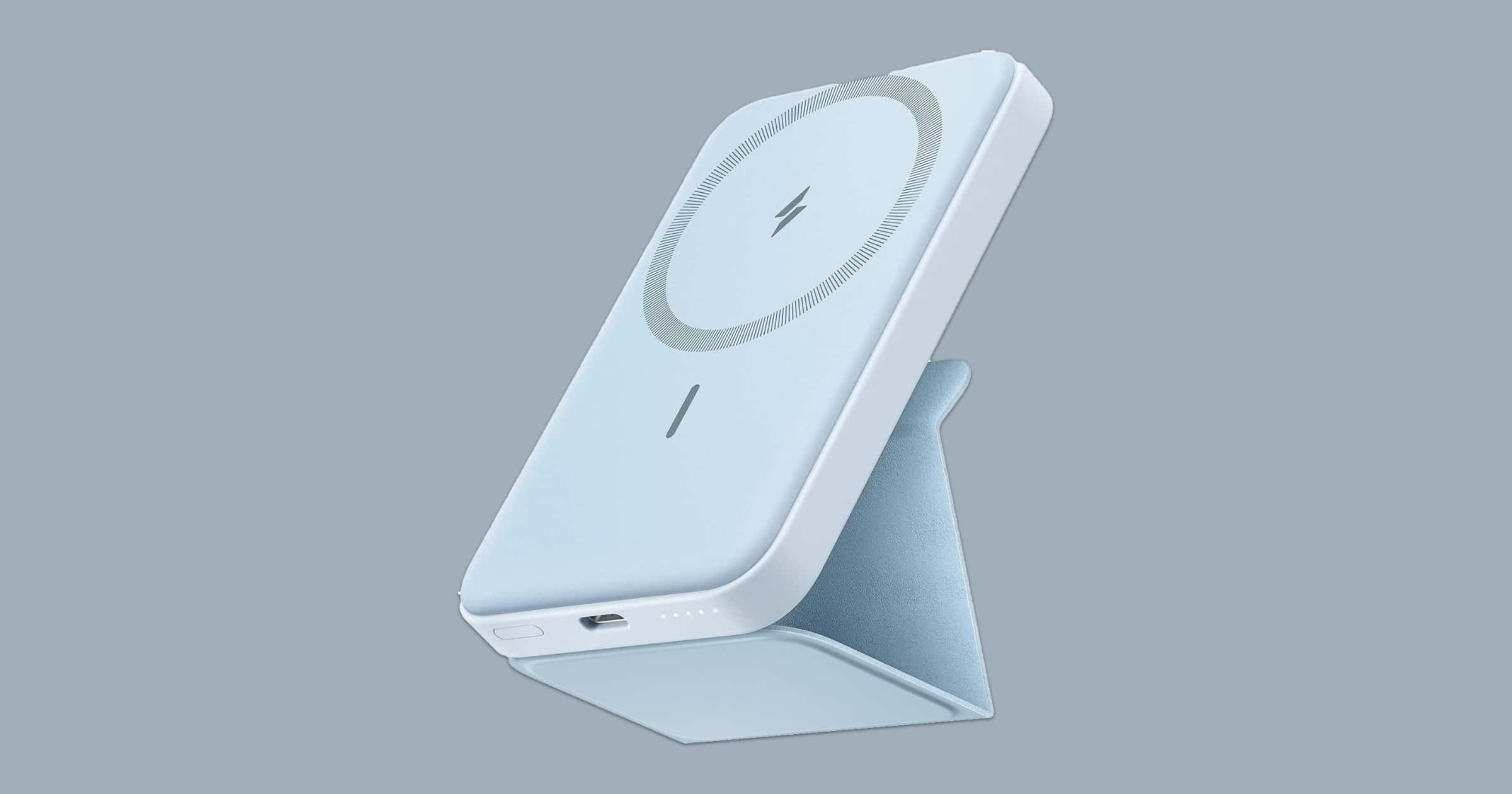Dave Hamilton joins Charlotte Henry to discuss the evolution of iTunes into Apple Music, and how digital distribution works from the perspective of a musician.
Adobe's Behance Platform Adds Support for NFT Art
Behance, a portfolio platform for graphic designers, will let creators connect their crypto wallet to showcase NFT art.
The company is working to include blockchains like Polygon, Solana, Flow and Tezos. It is also partnering with NFT marketplaces like OpenSea, SuperRare, KnownOrigin, and Rarible to display provenance data from the Content Authenticity Initiative — which is now built into a number of Creative Cloud tools — visible on their sites, in addition to Behance.
Plugable Launches New Universal Docking Station
If you split work hours between home and office, plugging in everything cuts into productivity. This universal docking station cures that.
WaterField Designs Reveals Sexy Attaché for 2021 MacBook Pros
WaterField Designs announced a carrying case for the 14-inch and 16-inch MacBook Pros called Tech Folio Brief.
Adobe Ramps Up AI-based Editing, Intros Web-based Photoshop for Creative Cloud
Adobe unveiled new versions of its Creative Cloud apps at Adobe MAX on Tuesday. The updated creative design apps rely more on AI and machine learning for editing, Photoshop and Illustrator for iPad get some new features, and now you can use Photoshop in a web browser.
watchOS 8.1 Available to Accompany iOS 15.1
watchOS 8.1 for the Apple Watch was released Monday, supporting a range of new features and accompanying iOS 15.1, released on the same day.
New MacBook Pro And AirPods 3 Available in Stores
The new MacBook Pros containing the M1 Pro and M1 Max chips are available online and in Apple retail stores, as are AirPods 3.
Martellaro Mondays: M1, Mac Pro, More M Words – TMO Daily Observations 2021-10-25
John Martellaro joins host Kelly Guimont to discuss the new processors and how John might have a worthy successor to his Mac Pro.
Mastercard and Bakkt Partner to Offer Crypto Loyalty Programs
Mastercard and Bakkt announced a partnership to make it easier for merchants, banks and fintechs in the U.S. to offer cryptocurrency loyalty programs.
Mastercard will also integrate crypto into its loyalty solutions, enabling its partners to offer cryptocurrency as rewards and create fungibility between loyalty points and other digital assets. This means that consumers can earn and spend rewards in cryptocurrency instead of traditional loyalty points and seamlessly convert their crypto holdings to pay for purchases.
New Wikimedia Enterprise API Enables Public Data Access
The Wikimedia Foundation, the nonprofit that operates Wikipedia and other Wikimedia projects, launched Wikimedia Enterprise on Monday. Its API was first announced in March.
Wikimedia Enterprise makes the process of leveraging, packaging, and sharing content from Wikipedia and Wikimedia projects more efficient for large scale content reusers. In most cases, commercial entities that reuse Wikimedia content at a high volume have product, service, and system requirements that go beyond what Wikimedia freely provides through publicly available APIs and data dumps. The information panels shown in search engine results and the information served by virtual home assistants are examples of how Wikimedia content is frequently used by other websites.
Jamf Announces Same-Day Support for macOS Monterey
Jamf, a company that provides device management solutions for businesses, announced its support for macOS Monterey.
Fitness+ Coming to 15 New Countries November 3
Fitness+, the Apple Watch-based workout service, is expanding and from November 3, it will be available in 15 new countries.
iOS 15.1 Adds SharePlay, ProRes Video Capture, and Vaccination Cards in Wallet
Apple released iOS 15.1 today, a major update with features like SharePlay, support for vaccination cards in Apple Wallet, and more.
macOS Monterey is Now Available [Updated]
Apple has released macOS Monterey, the successor to macOS Big Sur, containing a host of new features including Shortcuts and Live Text.
2021 MacBook Pro Review Says Device is Great for Content Creators
PCMag has a review of the 14-inch MacBook Pro and the 16-inch model. Both are positive with the 14-inch Pro receiving a slightly higher score.
The new 14-inch MacBook Pro has so many advantages over the 13-inch model that, if you are a professional user bound to macOS, and with the cash to invest in a seriously capable workhorse, your decision really comes down to whether you should buy the 14-inch or the 16-inch model. You can safely leave the 13-inch M1 MacBook Pro model off the list.
FBI Document Reveals Guide to Get Location Data From Carriers
An internal document for the FBI reveals how the agency obtains phone location data from carriers like AT&T, Verizon, and others.
How to Refresh Software Update on Your Mac
The release of macOS Monterey is imminent, and users can refresh Software Update on your Mac to see when it’s ready to download and install.
'Dr. Brain' to Premiere Globally November 4 on Apple TV+
Dr. Brain will premiere on Apple TV+ on Wednesday, November 3 in the U.S. and then globally on November 4.
Anker Launches 'MagGo' Wireless Charging Ecosystem for iPhone
Anker has released a line of MagSafe charging accessories on Monday. Dubbed MagGo, each product has a different design.
Dusk Smart Glasses: Control Your Tint
A Cool Stuff Found from Mac Geek Gab 895: The Dusk Smart Sunglasses, be in control of the tint.
And Live From New York...It's 'Ted Lasso' Star Jason Sudeikis Back on Saturday Night Live
Jason Sudeikis, creator and star of Apple TV+ hit ‘Ted Lasso’ was the guest star on Saturday Night Live, after eight years away.
Who Is The "Perfect" User? – Mac Geek Gab 897
Technology works in different ways for each of us, and it’s often interesting to hear from folks who have different needs about why a certain bit of tech is “perfect” for them (or they “perfect” for it!). In this episode, John and Dave share thoughts from many of you about why tech does (or doesn’t!) fit your needs…and they learn (at least!) five new things along the way. Press play and lets learn together!
The DS Manager Pro For Synology Disk Station
COOL STUFF FOUND: Be sure to check out DS Manager Pro for your Synology DiskStation. Learn more from Mac Geek Gab 895 and find DS Manager Pro on the App Store.
iOS15: The New iCloud Recovery Service
Learn about iCloud’s New Recovery Service from Mac Geek Gab 895, then visit this Apple Support Page for more information.
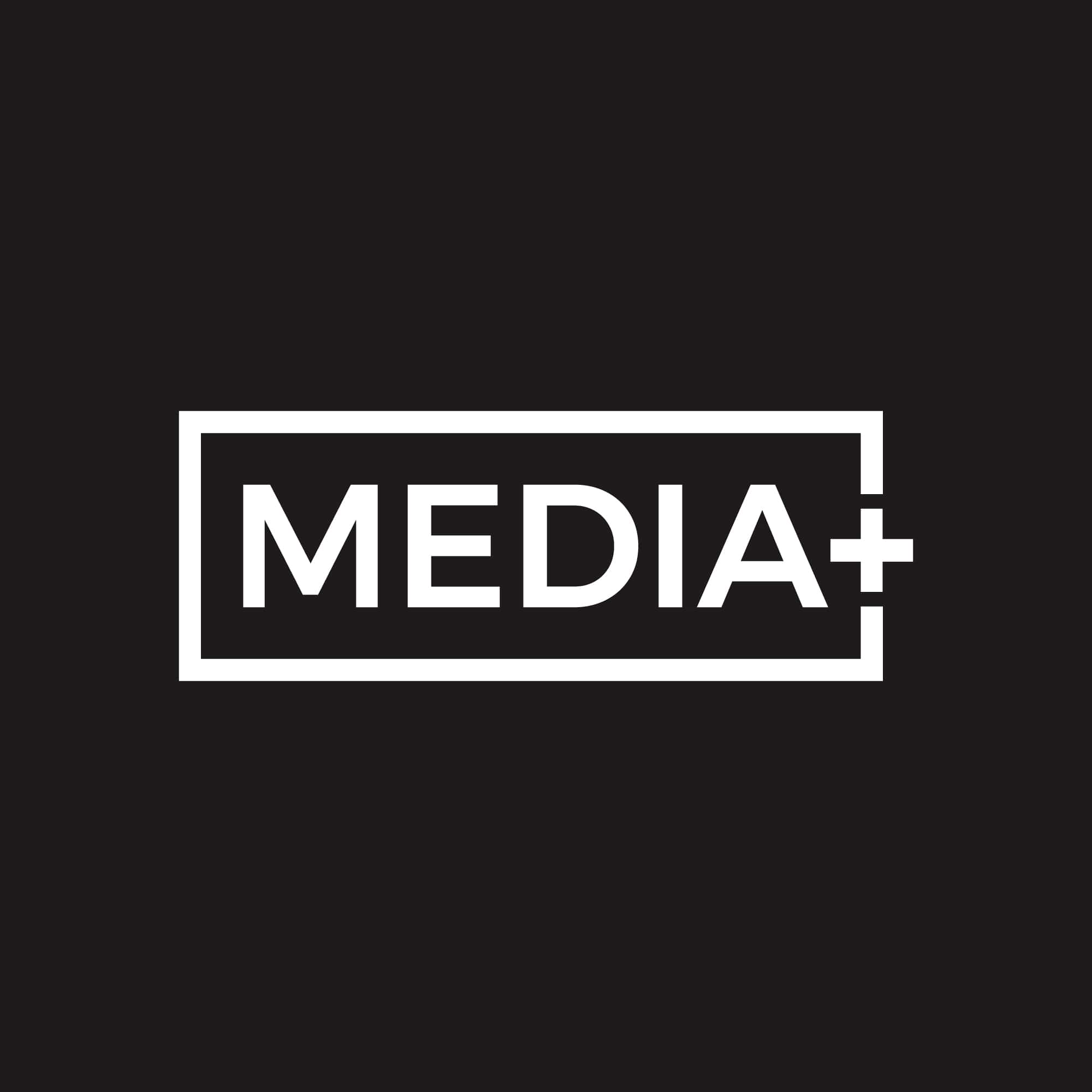
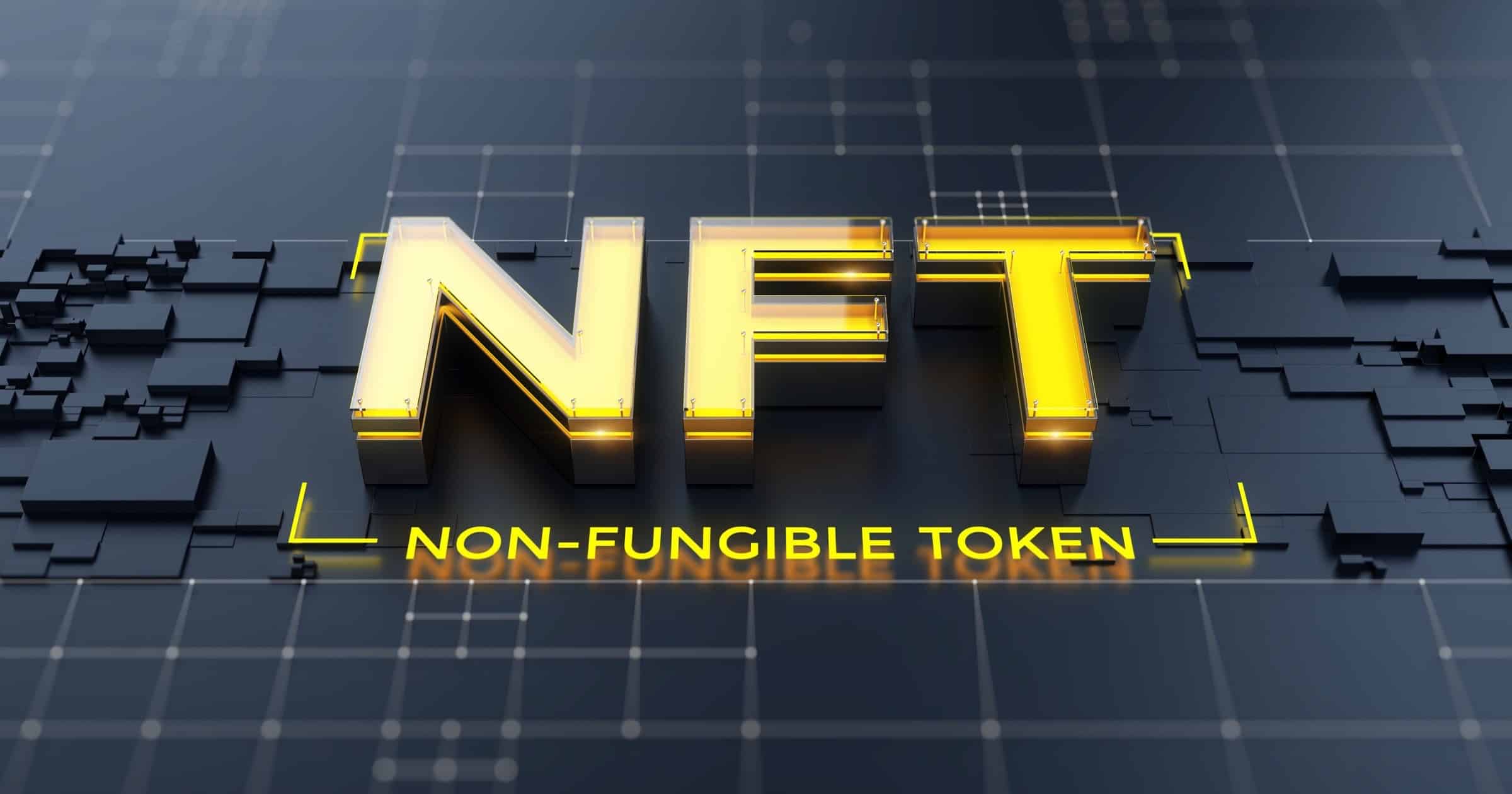
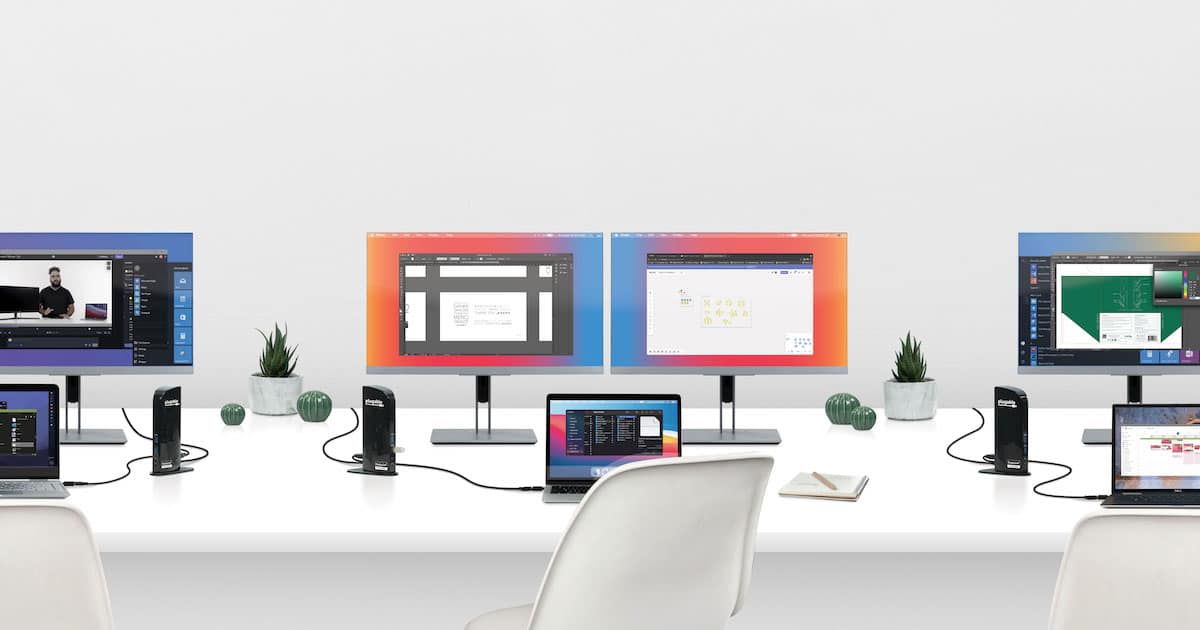
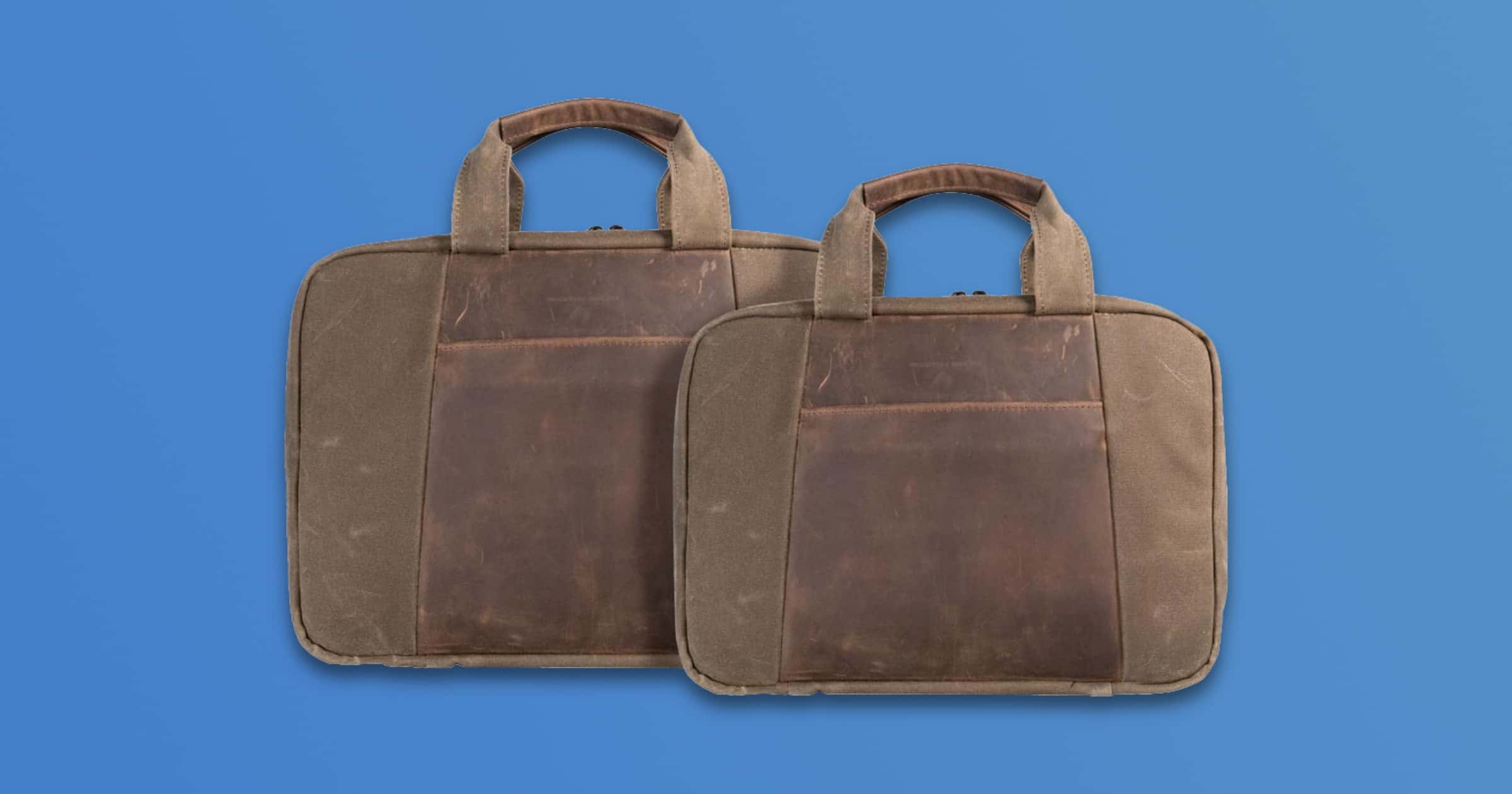
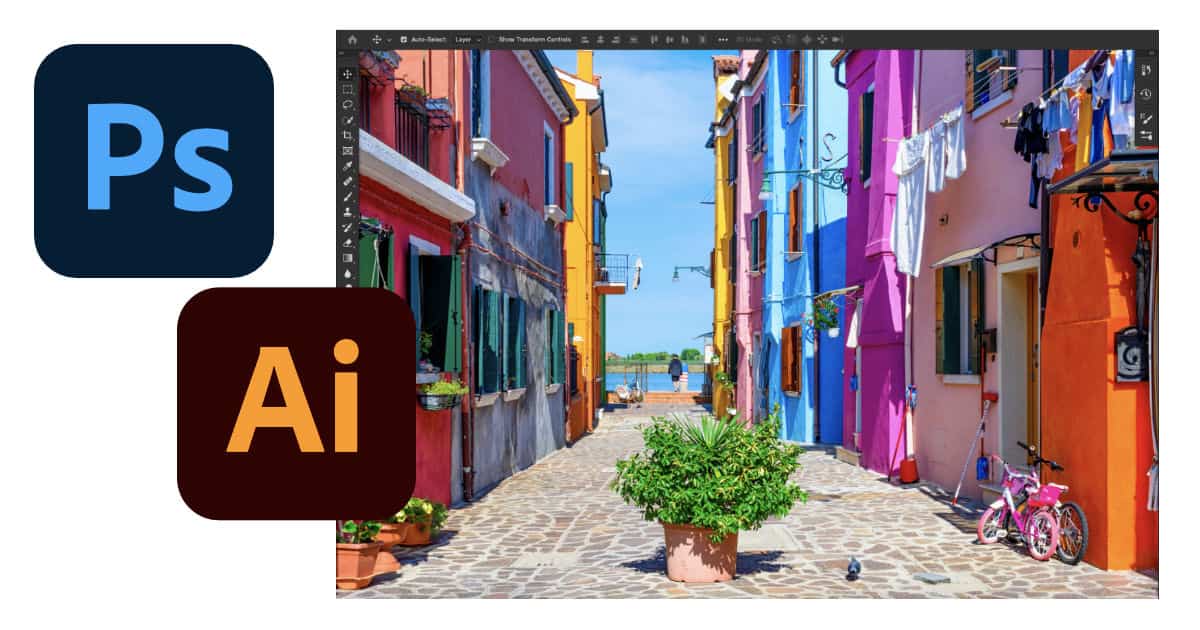
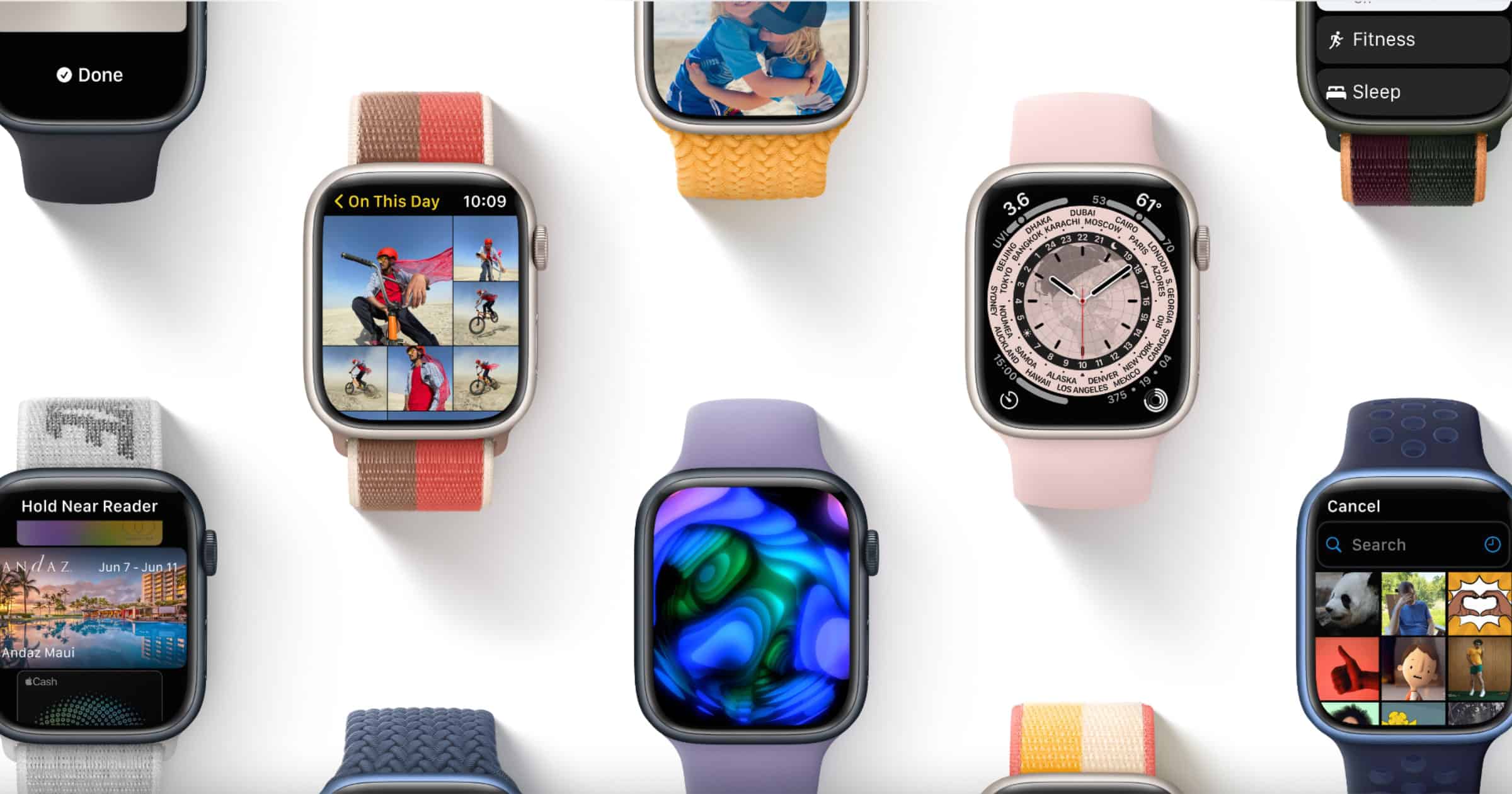
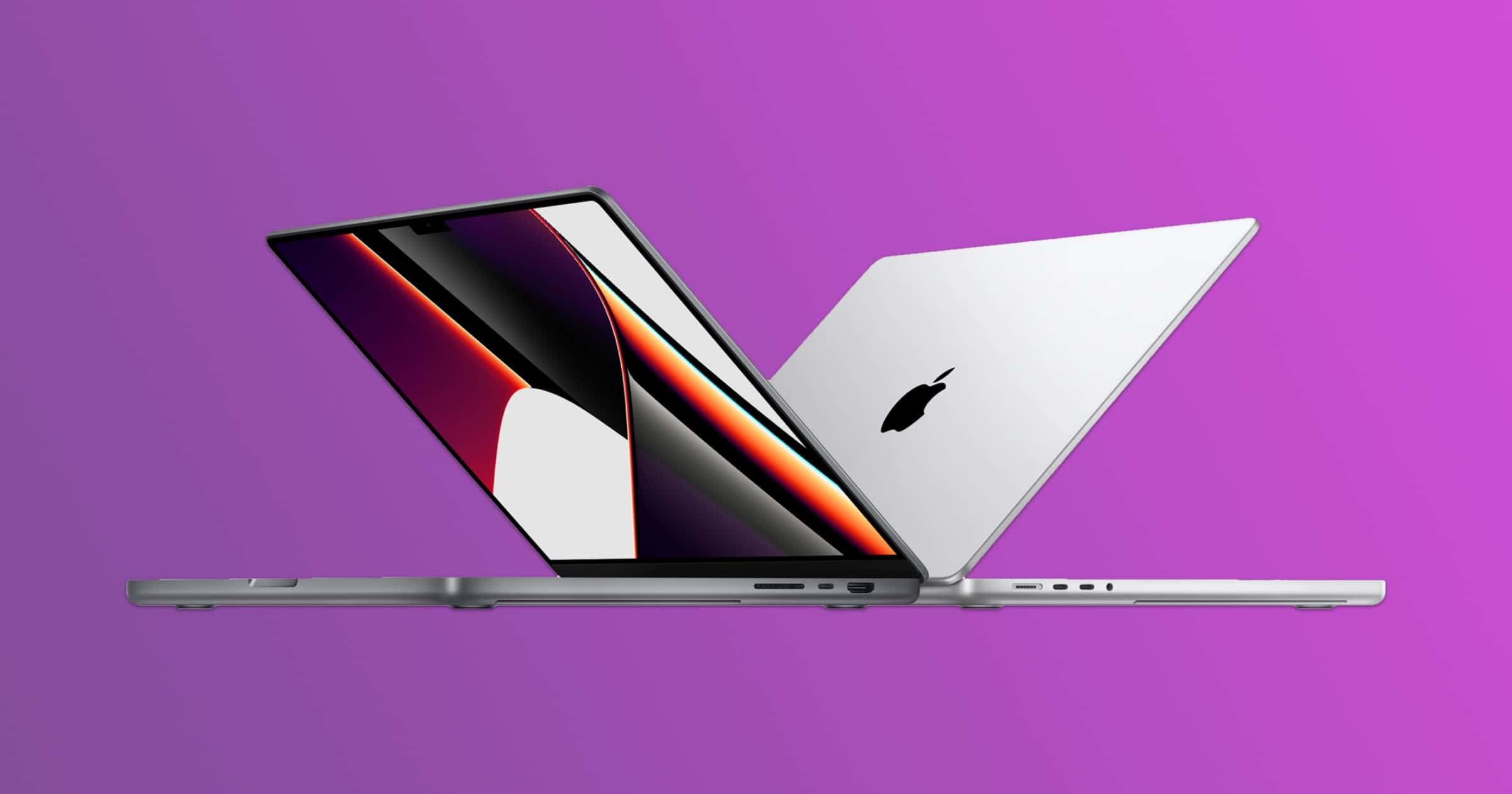
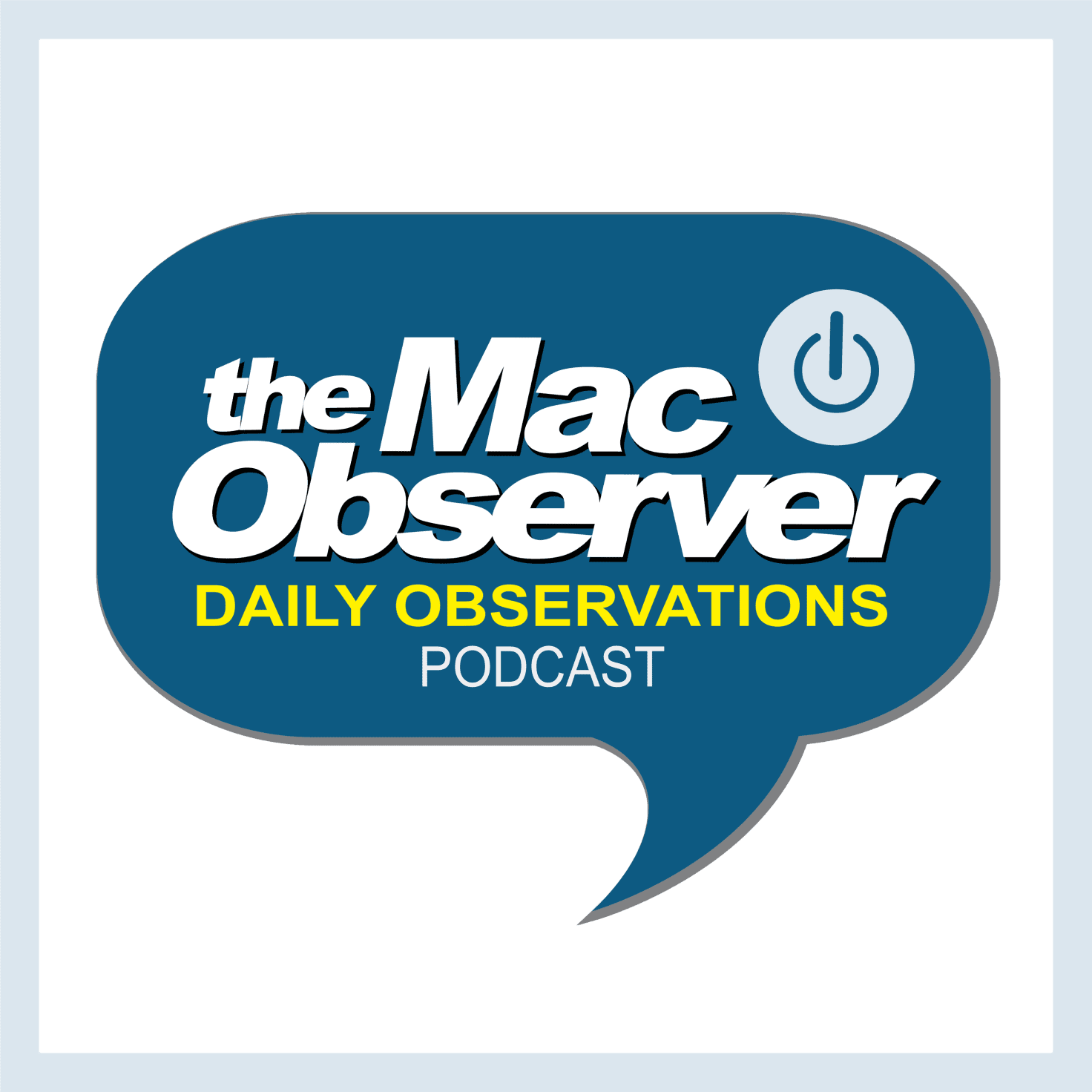
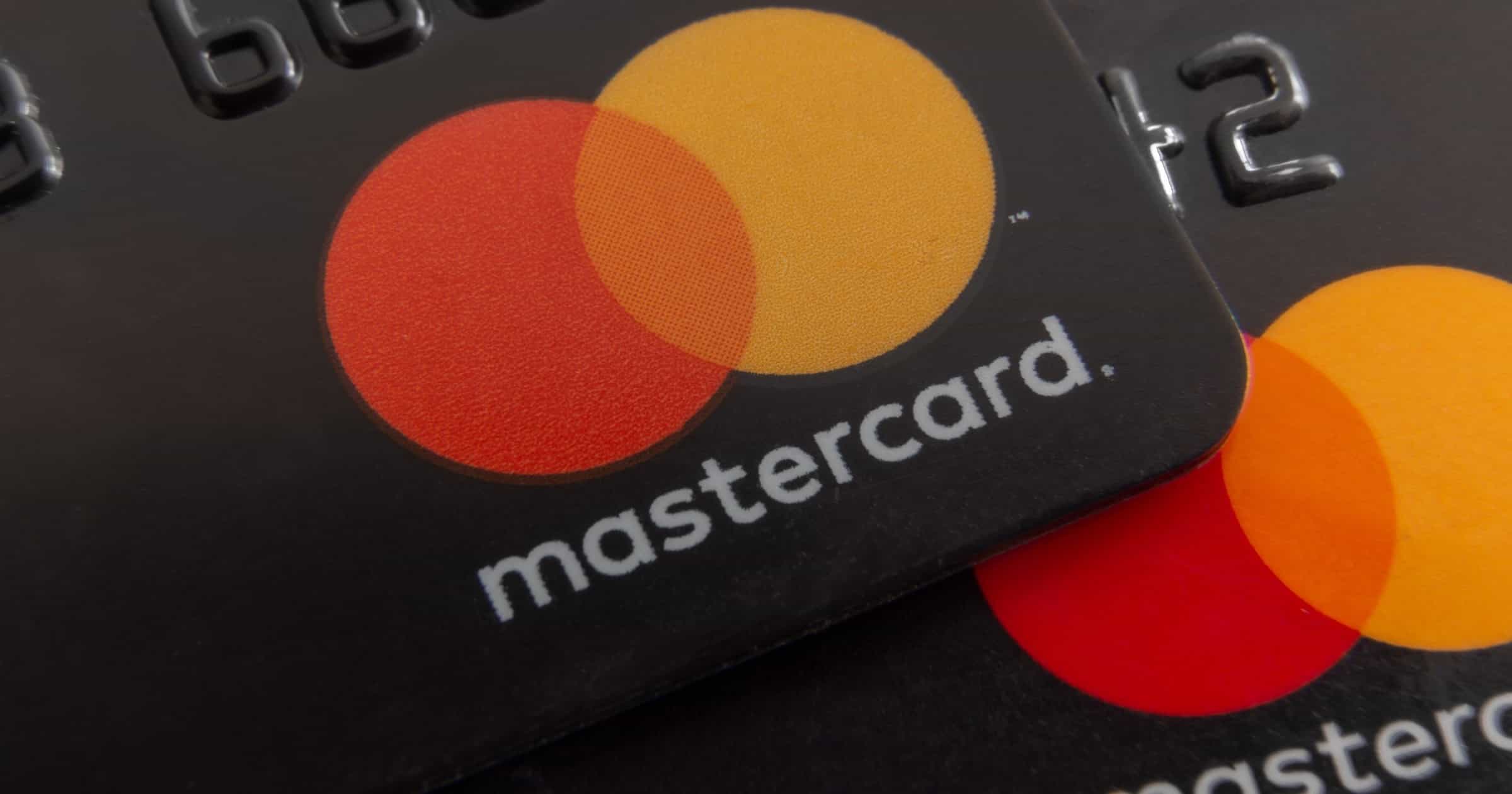

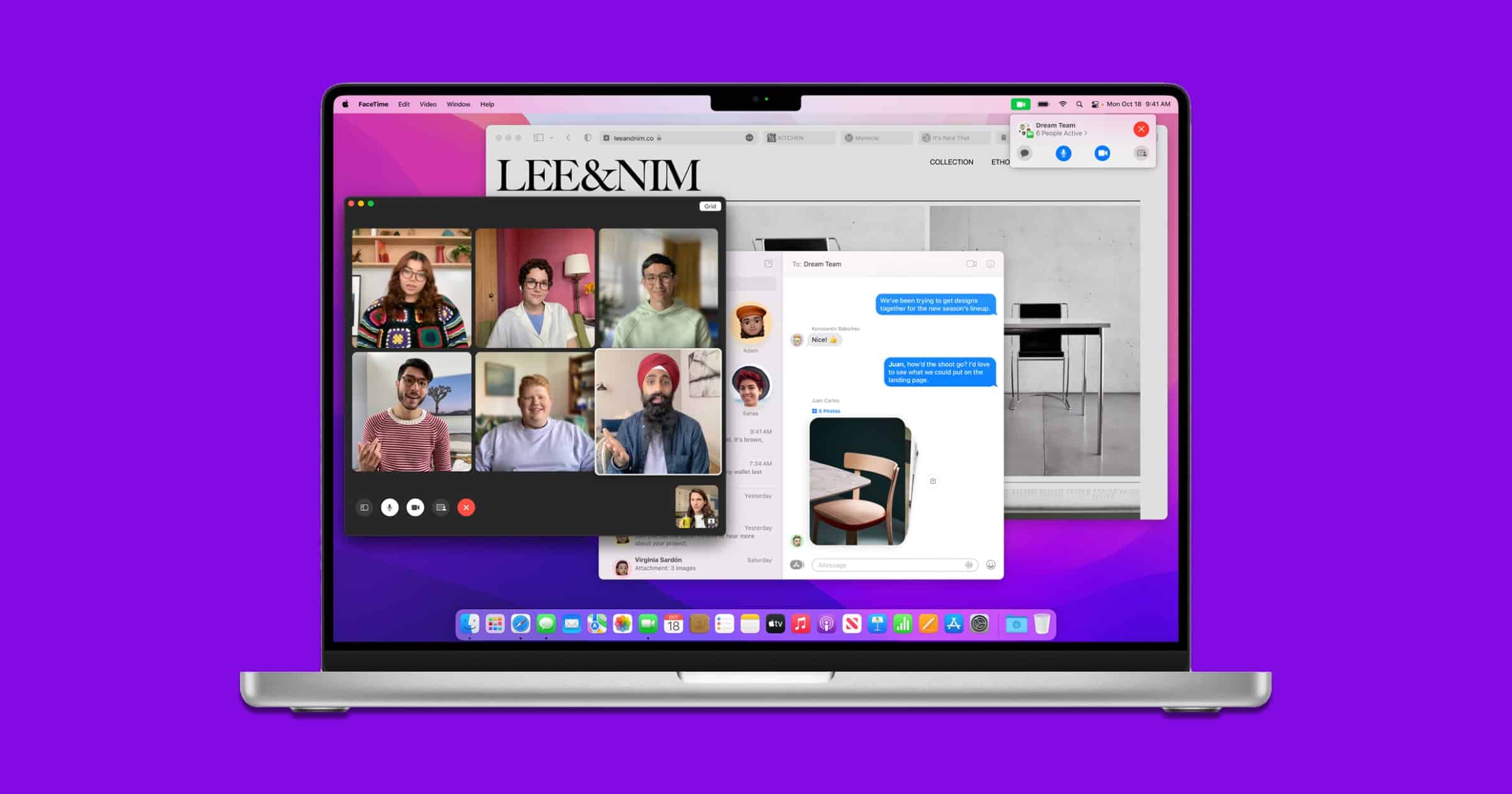
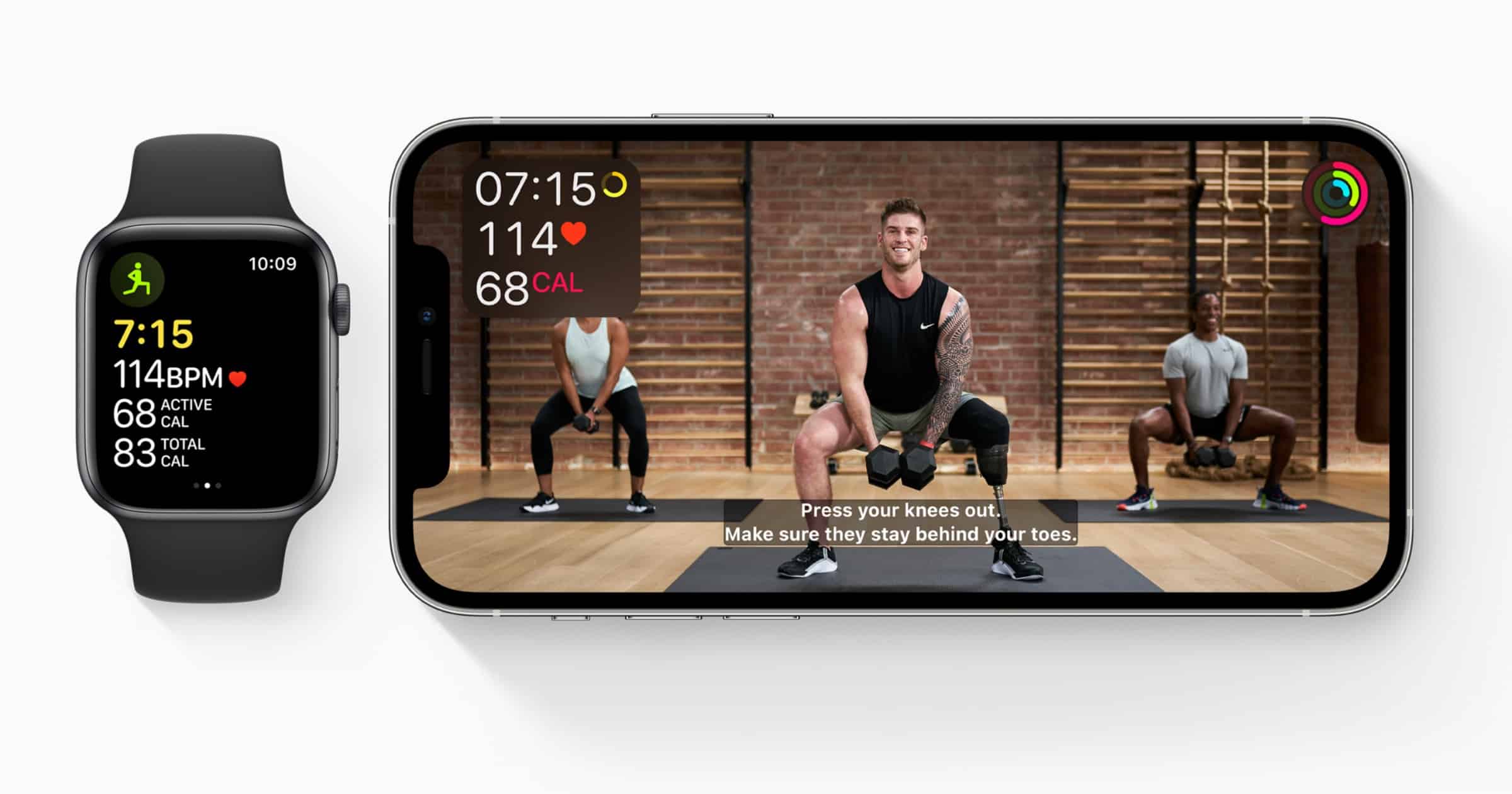
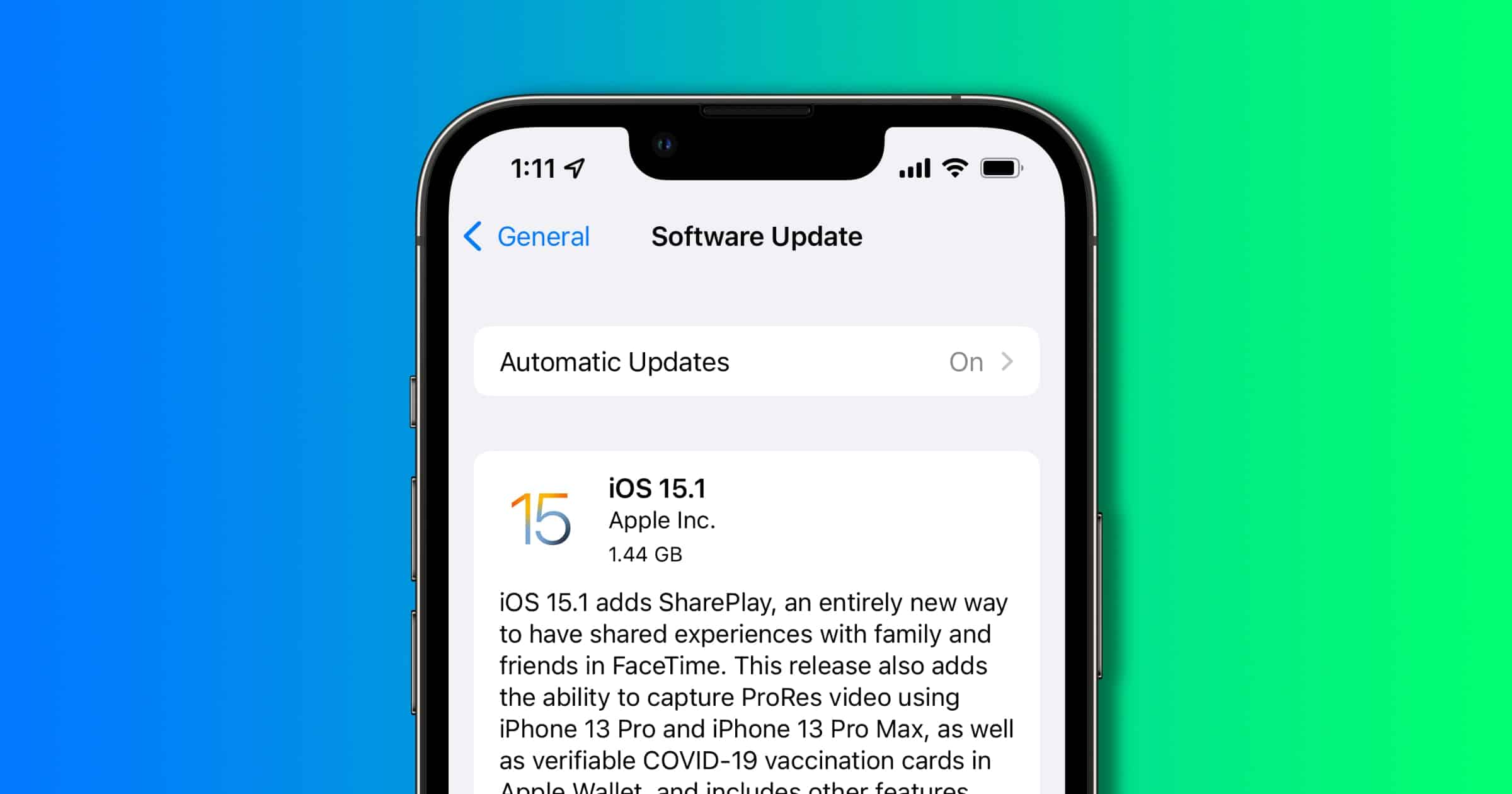
![macOS Monterey is Now Available [Updated]](https://www.macobserver.com/wp-content/uploads/2021/06/macOS-Monterey-Shortcuts.png)
